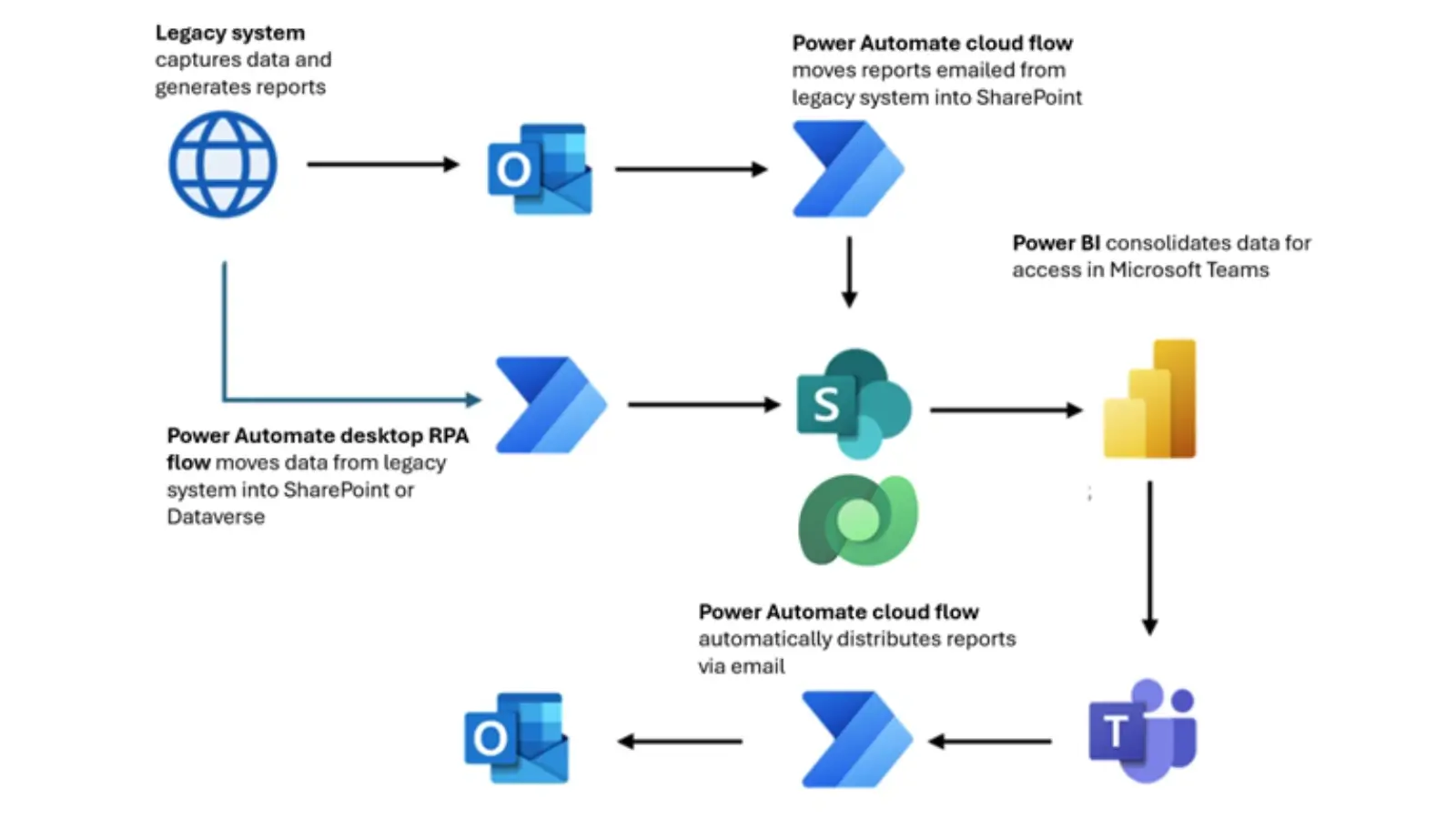


In today’s digital world, organizations are constantly looking for ways to improve efficiency, streamline processes, and enable better decision-making. Microsoft Power Apps, part of the Power Platform, helps businesses build custom apps quickly without writing complex code. One of the biggest advantages of Power Apps is its ability to integrate with various data sources like SharePoint, Dataverse, and even legacy systems. This article explores how businesses can benefit from these integrations and why working with experienced PowerApps consulting partners can help ensure success.
Businesses often have data spread across different systems. Some use SharePoint for collaboration, others store critical business data in Microsoft Dataverse, while many still rely on older, legacy systems. The ability to connect Power Apps to all of these sources ensures that users can interact with all their important data in one place—making tasks faster and more accurate.
Power Apps lets you create mobile and web apps that connect seamlessly with multiple data systems. Let’s dive into how it integrates with SharePoint, Dataverse, and legacy systems.
SharePoint is a widely used platform for storing and managing documents, lists, and team collaboration. Power Apps makes it easy to build custom forms and applications on top of SharePoint.
A company uses a SharePoint list to track employee leave requests. With Power Apps, they can create a user-friendly app that allows employees to submit leave, managers to approve it, and HR to monitor all activity—on any device.
Microsoft Dataverse is the backbone of the Power Platform. It offers a secure and scalable environment to store and manage data used by business applications.
When building apps that require structured, reliable data—like CRM, inventory tracking, or HR systems—Dataverse is a great choice. Power Apps natively integrates with it, making data management smooth and centralized.
An organization needs a field service app that tracks job requests, assigns technicians, and updates job status. With Dataverse and Power Apps, all data stays consistent and accessible across departments.
While cloud-based tools like SharePoint and Dataverse are modern and flexible, many businesses still rely on legacy systems—like on-premise databases, ERP software, or old web services. Power Apps can connect to these systems too, thanks to custom connectors and gateways.
A manufacturer tracks production using an old on-prem ERP system. With a Power App connected through a data gateway, they can give plant managers real-time dashboards on mobile devices—without replacing the entire ERP.
When integrating Power Apps with various systems, keep the following best practices in mind:
Power Apps is a powerful tool that lets organizations digitize processes and unlock value from existing data systems. Whether you're working with SharePoint, Dataverse, or legacy systems, Power Apps offers flexible and scalable integration options.
By combining these integrations, businesses can create a connected environment where users access all critical data through intuitive apps—saving time, reducing errors, and improving overall productivity.
If you’re just starting your Power Apps journey or looking to improve your current setup, consider working with a PowerApps consulting partner to guide you through the process and help deliver successful outcomes.